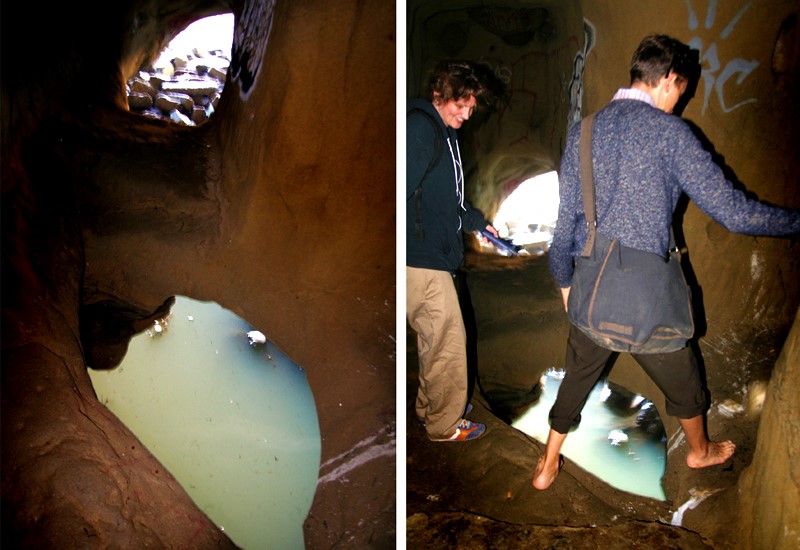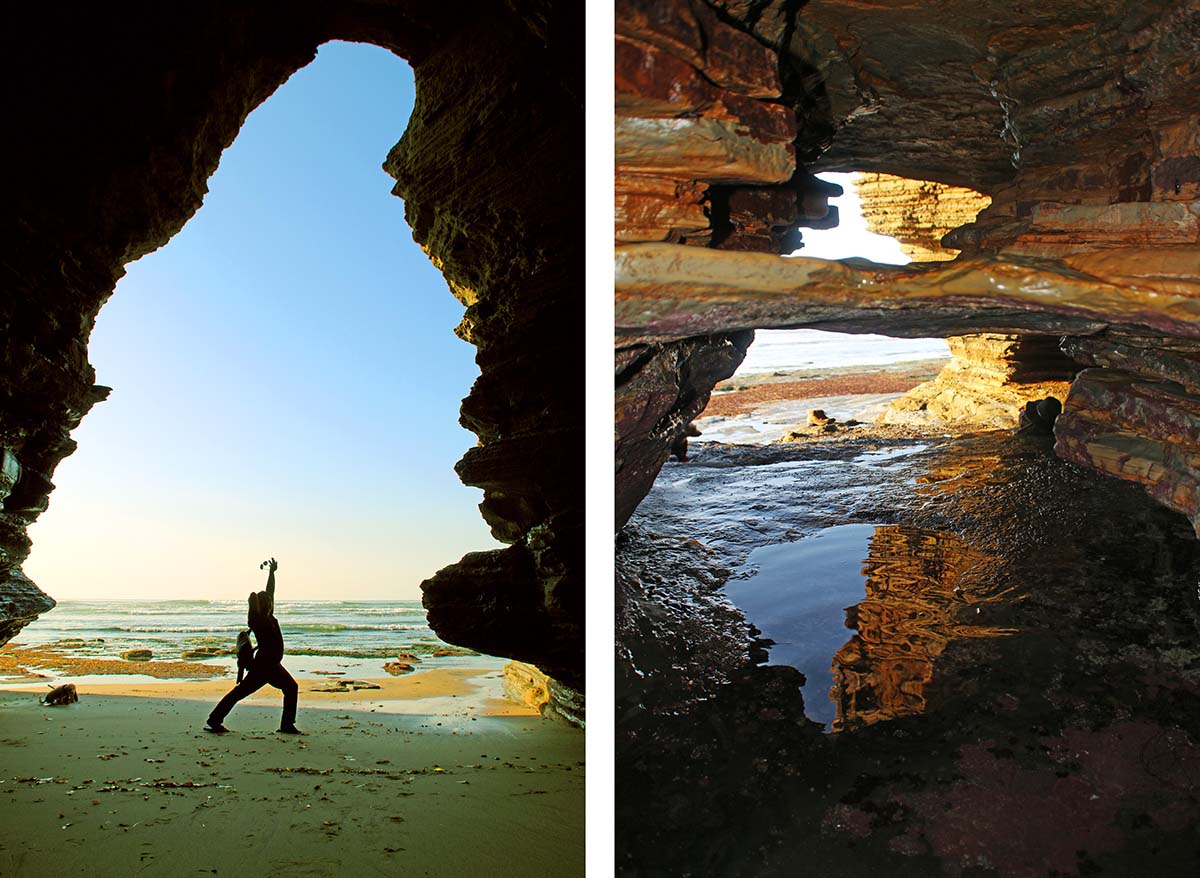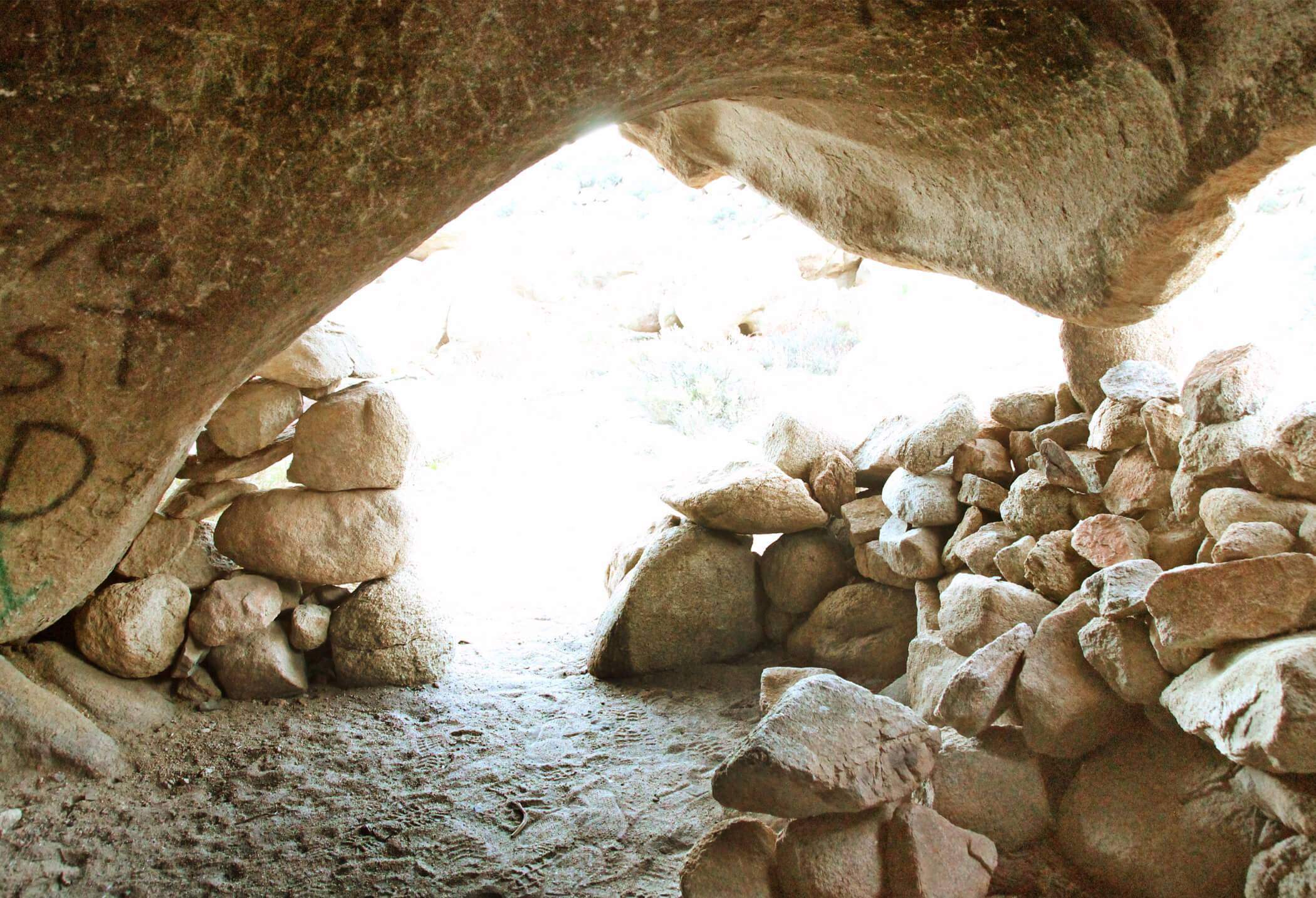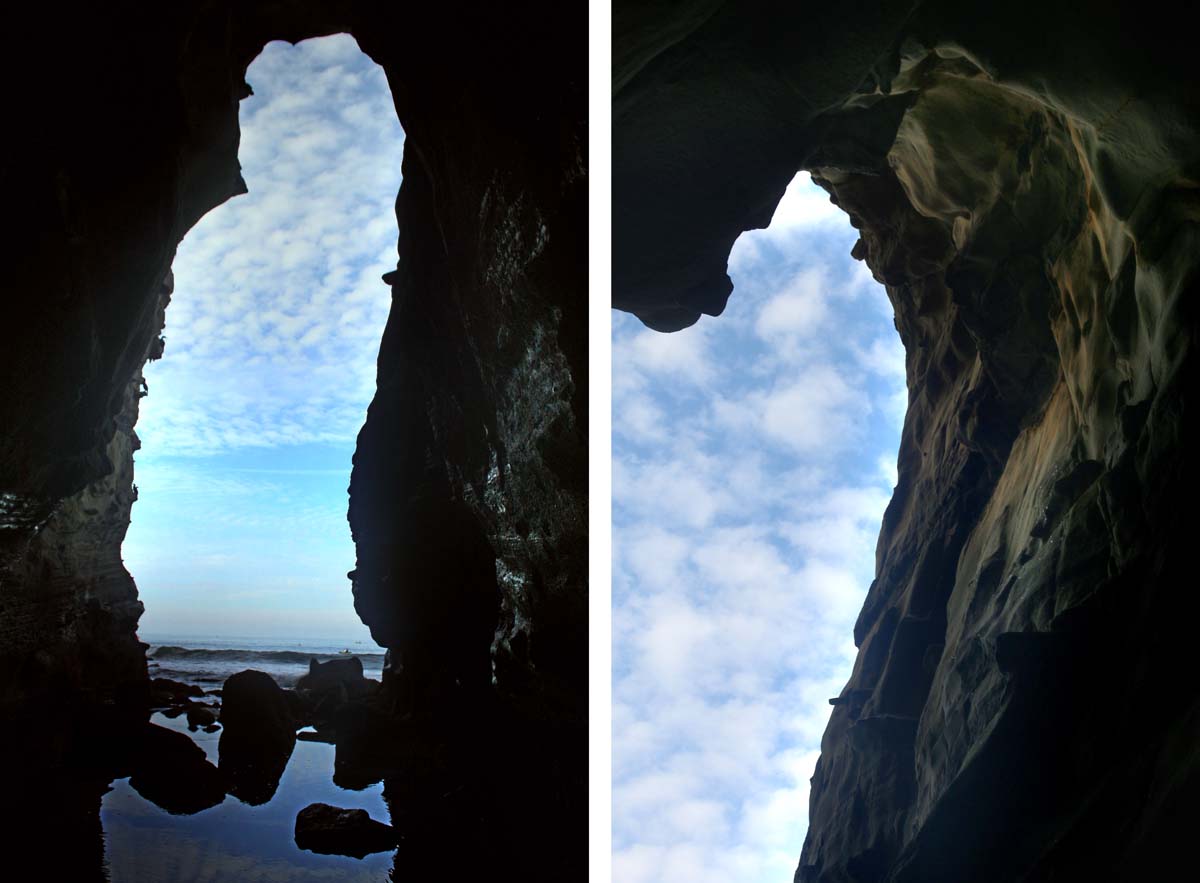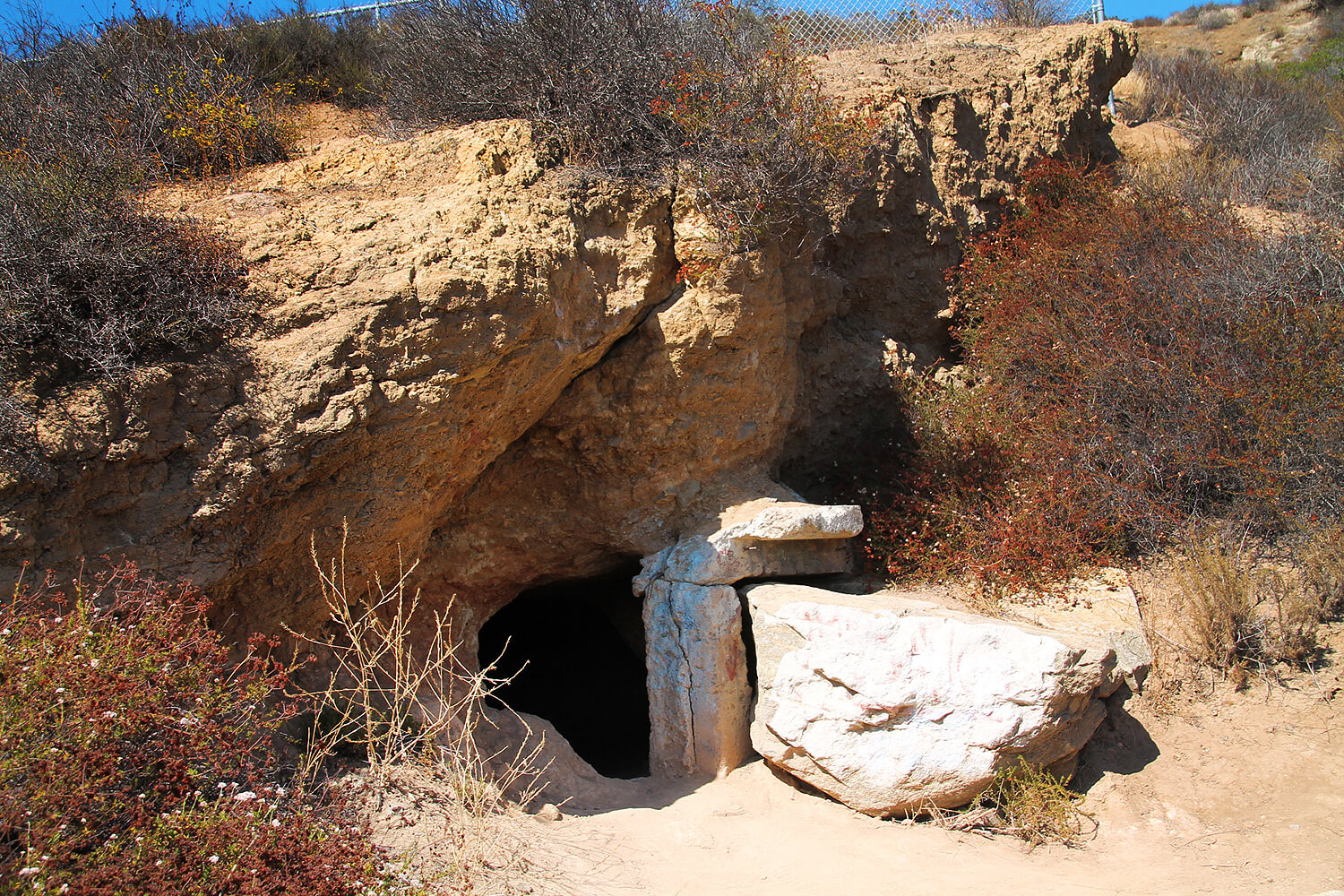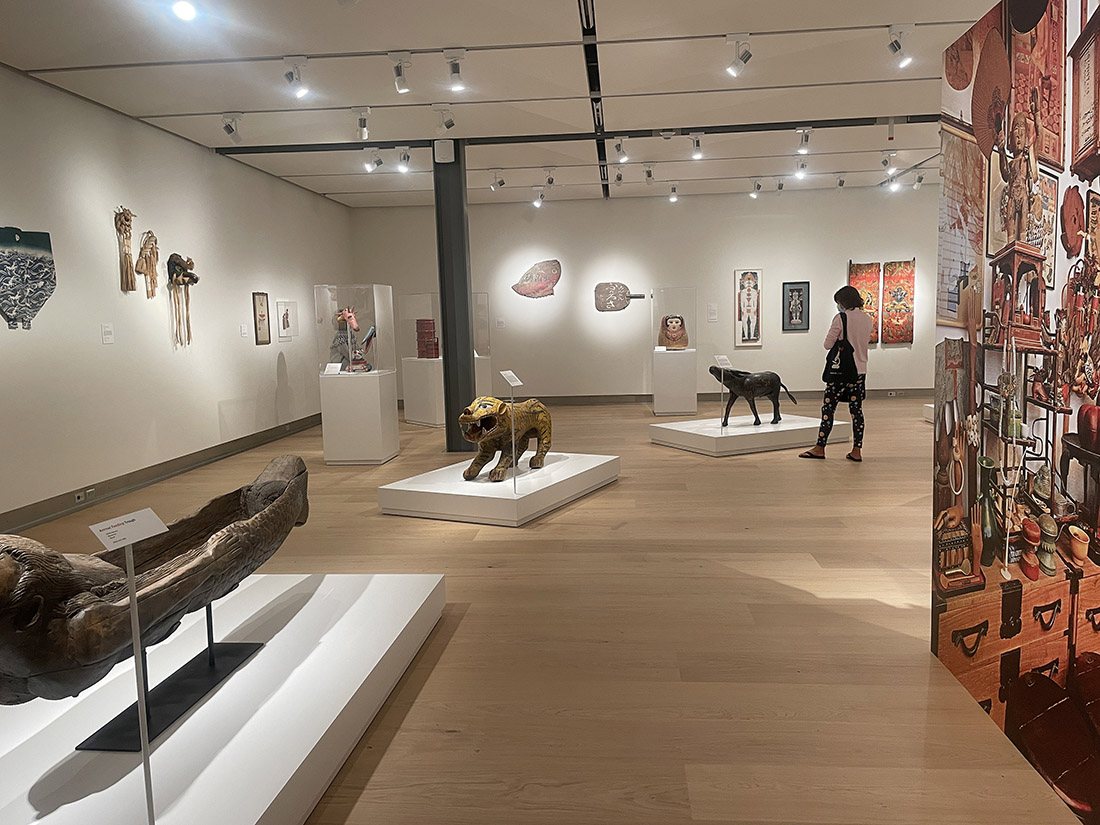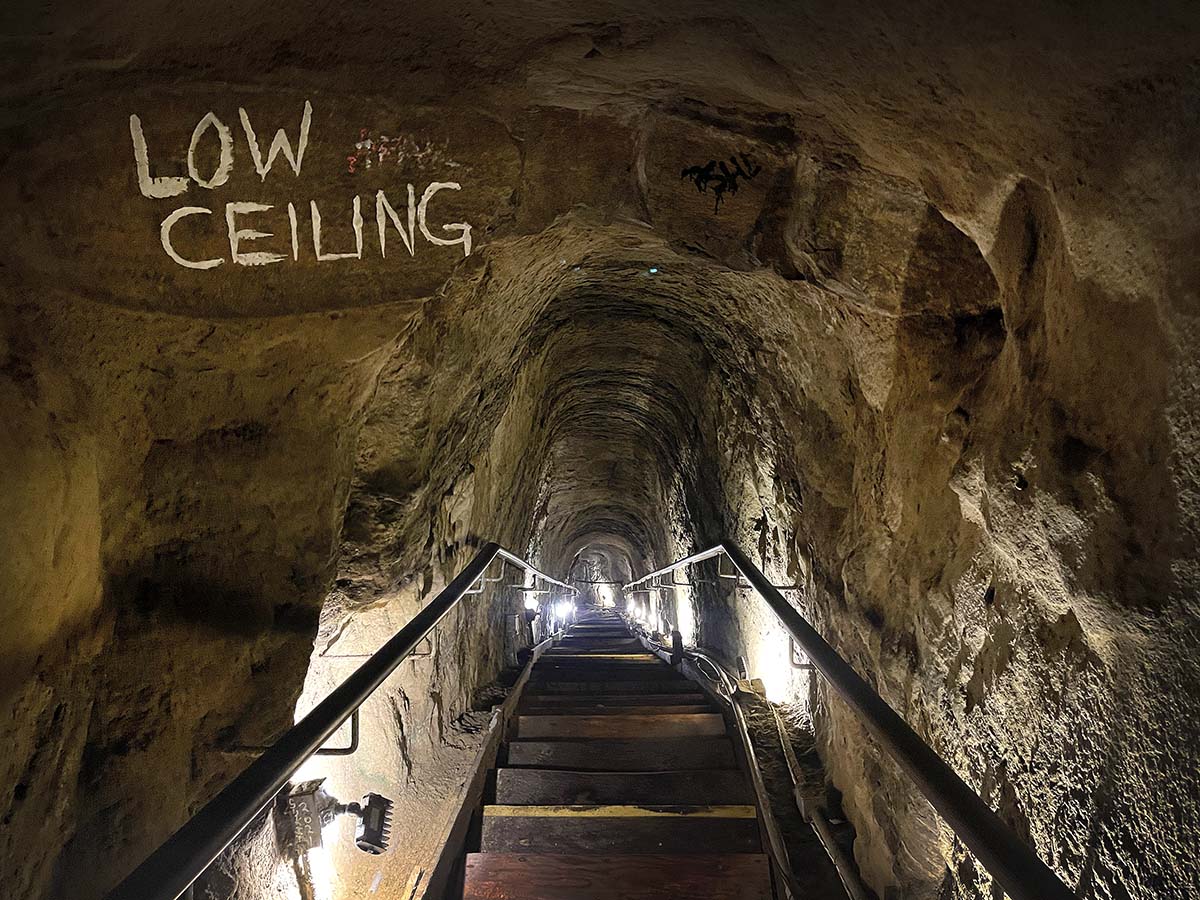
14 Hidden Caves in San Diego
When thinking of San Diego, extensive cave systems probably do not come to mind. And that's ok, because besides a few talus cave systems, we really do not actually have extensive caves here. We do, however, have some really unique shallow caves and rock shelters worth visiting or at least learning about!
A few of the caves we have kept out of this list as they are either too dangerous or sit on people's property. The others should be read about carefully before deciding if they are a place you should visit as they too can be dangerous. Either or, here is our list of the Hidden Caves in San Diego!
TIP: After this article, make sure to check out our guide to the Best Shaded Hikes in San Diego County!
Boulder Park
Across the parking lot from the Desert View Tower is a jumbled mass of boulders just aching to be scrambled. Random faces and animals are waiting to greet you at every turn. Certainly not easy for the claustrophobic. Boulder Park has been a fixture in the desert since the early 1930s. W.T. Ratcliff, an out-of-work engineer, carved into the granite during the Great Depression for a reported $1 a day... in desert temperatures. Ouch.
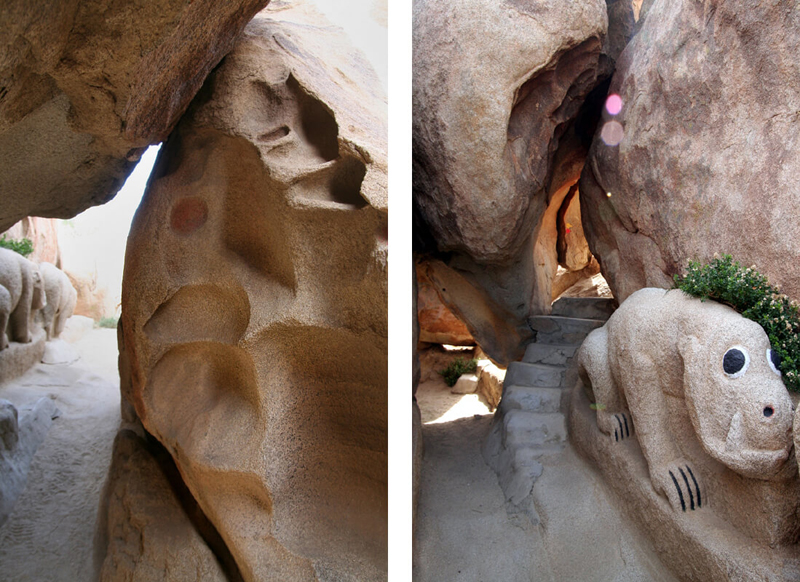
Valley of the Moon
When most think of a boulderer’s paradise in So-Cal, places like Bishop, Mt. Baldy and Joshua Tree probably come to mind. Many don’t realize that on the outskirts of Jacumba is San Diego’s very own rock-climbing mecca.
Valley of the Moon is a mysterious place. There are wind caves and potential secrets filling every corner. Marveling at its majestic beauty can mask the tougher undertones associated with this place though. Afterall, this area is a hotspot for smuggling so please keep that in mind when you decide whether or not this is a place you want to visit. This is also an area of migrant and refugee crossing I am told.
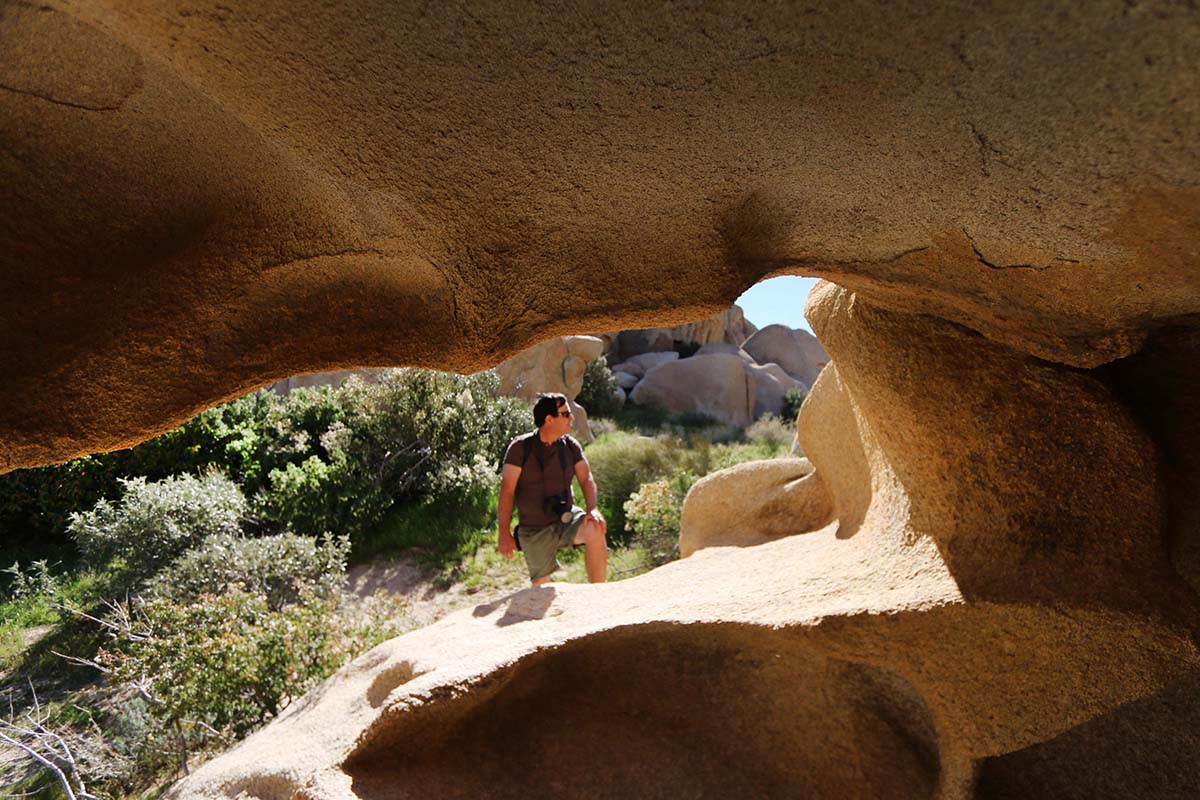
La Jolla's Caves, Coves & Tidepools
These are low tide adventures, which often happen in the winter when the tides are super low during the day! La Jolla's coast is large so you will probably need multiple trips to explore it all. It is amazing how many new opportunities sprout up when the tide goes down though.
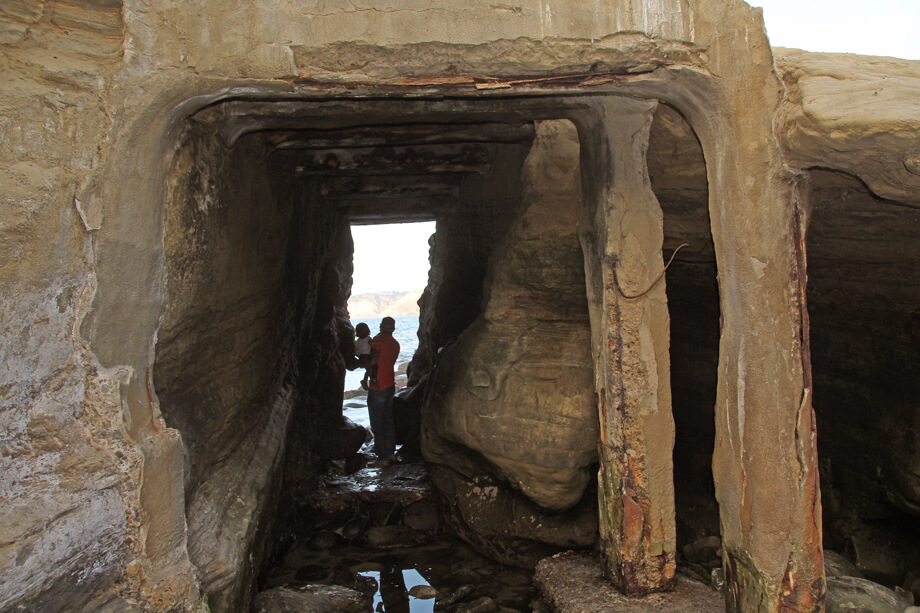
Cave 2
I was pretty shocked when I learned of caves in this area. I have been visiting the area below for years with no clue of the world above. The hike to the caves is family and dog-friendly but the actual caves and rock-exploring is pretty dangerous. I would absolutely not recommend any children and definitely no dogs to explore this area. You could easily fall to your death or get seriously injured. Note that there is no public parking near the trailhead so you will have to find it a few blocks down and walk over.
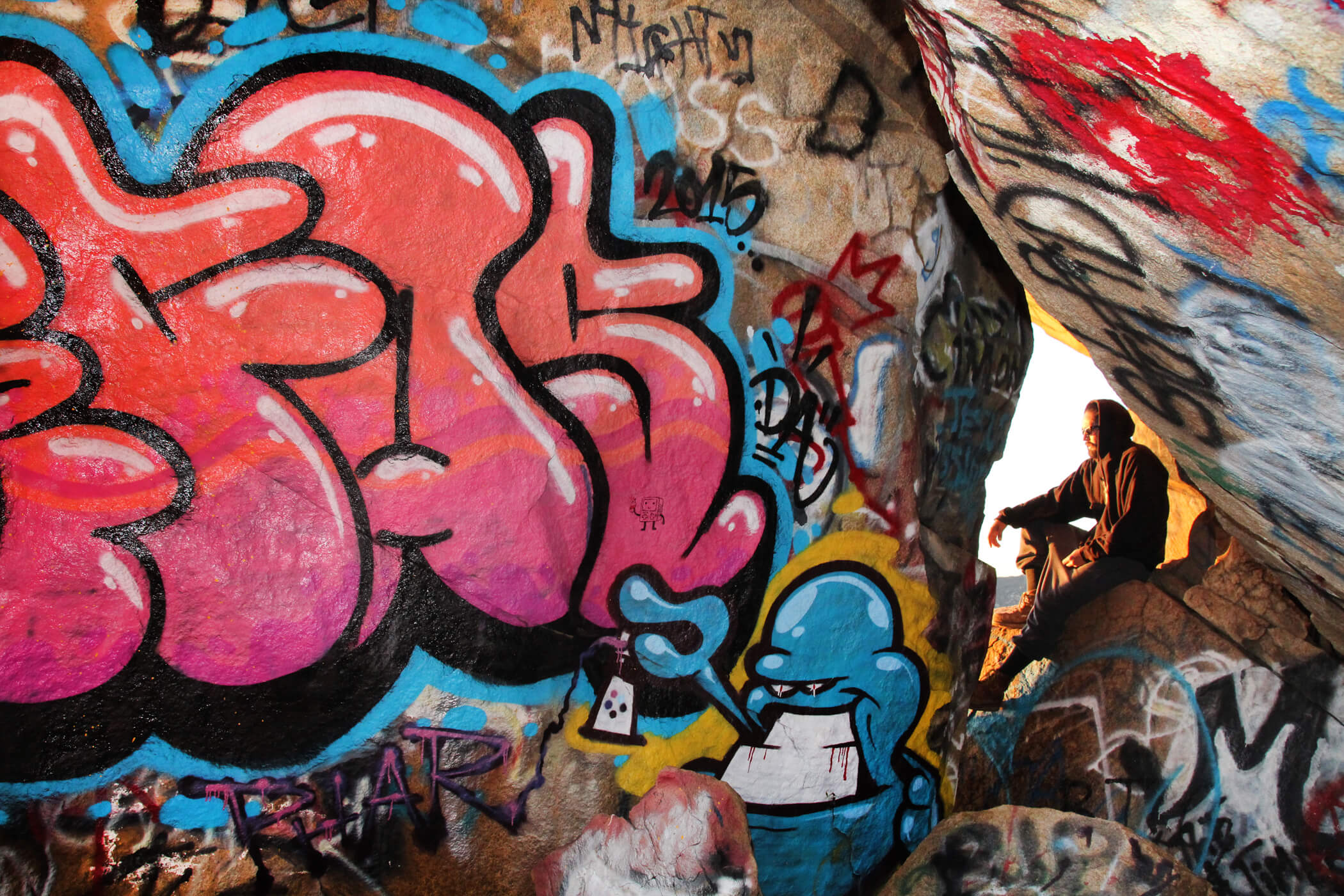
Liberty Arising
Liberty Arising was established in 1994 as a retreat center for the New Being Project School of Yoga. Currently the land and facilities are being offered to host yoga retreats and events of all kinds through all traditions and lineages.
The majestic 165 acre property has been host to many spiritual lineages, including masters of the Hatha, Kundalini, Tibetan, Sufi, and shamanistic traditions of the planet. This property is brimming with wind and talus caves. So many adventures to be had!
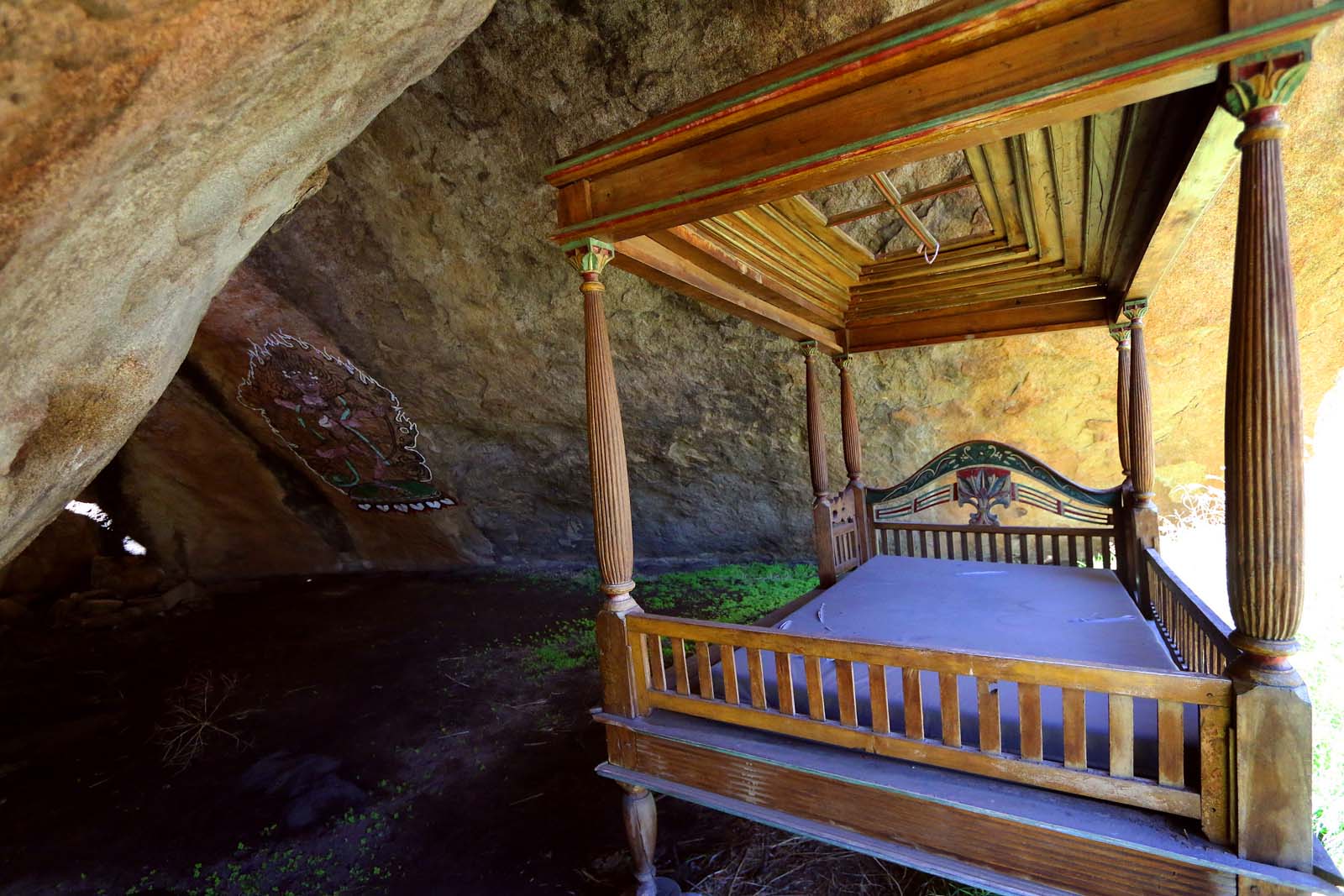
Annie's Canyon
Known forever by the locals as the Mushroom Caves, this once no-trespassing hike has been cleaned up and opened to the public as Annie's Canyon Trail. Millions of years ago this canyon was underwater, which is how the unique slot formations were created. Annie's Canyon is a must-visit spot for the true adventurers. There are secret caves and footsteps carved out of the delicate sandstone everywhere. It is super-slippery so I really don't recommend too much climbing.
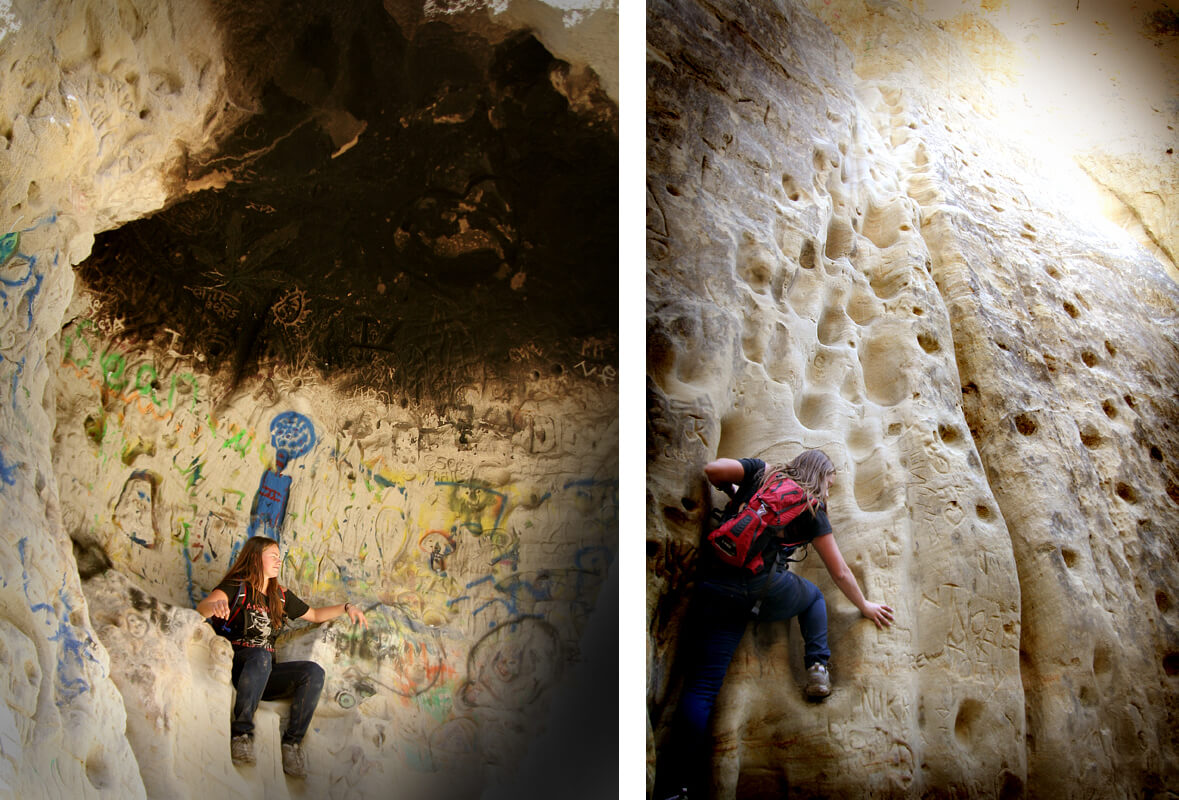
Cave 1
These caves are estimated to be nearly 5 million years old, having been created by fluvial erosion caused during extended periods of heavy rainfall. During the rainstorms, channels are cut into the mud hills, causing erosion, which forms canyons with unstable and undercut walls. Because of the cohesive consistency of the mud in this particular area and its ability to swell to several times its original dry volume, it adheres to itself and to the canyon walls, creating natural bridges and, sometimes caves, as it dries.
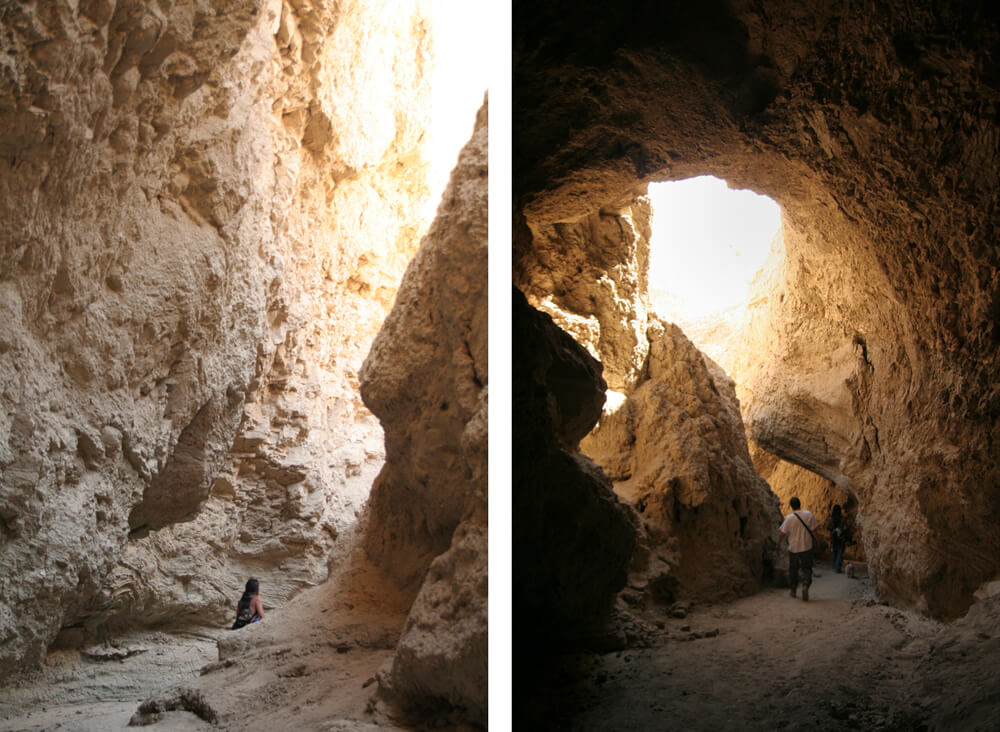
Cave 4
There is not much information about this cave on the internet, but the information I could dig up is extremely interesting. Apparently this was a cave first that later was used for mining. It is quite possible that it was used for shelter at some points. It was filled in with concrete by the city in the 80's but used to go extremely far in. I did find this off of the internet though.
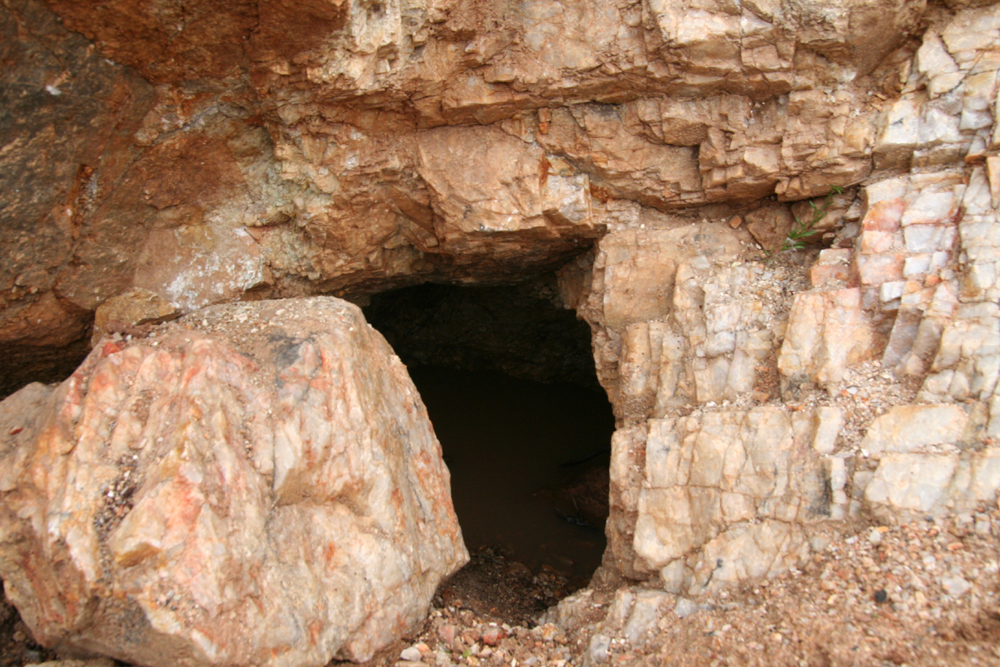
Sunny Jim Cave
The Sunny Jim Cave got its name from ‘Wizard of Oz‘ author Frank Baum, who remarked the cave’s silhouette had a striking resemblance to Sunny Jim, the British Force wheat cereal’s mascot in the 1920’s. As the legend goes, the Sunny Jim Cave also has a more sinister side, being used to funnel whiskey to San Diego during the Prohibition era. It is also said to have been used to smuggle immigrants into the U.S. Today it is open to the public to tour!

Cave 8
If you find it, come prepared with proper safety gear, good traction shoes, flashlight and candles to light the hallways! There was a draft the day we went so our candles kept blowing out. There are dangerous areas where you could fall into the water or back down to the bottom of the cave. Be very careful.
Other than that, it's like San Diego's own little Goonie's cave! There are multiple hallways that have been carved out with candle holders for the smugglers to see their way through. It sure is a trip to know this little secret is right below an area that thousands of people walk over monthly!
Sunset Cliffs Caves & Coves
With its rugged coastline and panoramic views, this area is popular with surfers, ocean-gazers, and folks who like to cruise Sunset Cliffs Boulevard, which runs the length of the cliffs. Many of the cool caves cannot be reached unless it's super low tide. There is no way in them otherwise unless you swim and that's obviously not safe. I recommend going on a low tide day and just walking along the shore. There are many caves to explore, including a couple quite large ones.
Cave 6
The oldest story of this cave actually has ties with another spot on our site, The Campo Stone Store Museum. The Stone Store was the result of a raid by border bandits in 1875. The bandit was apparently shot in the shoulder and took refuge in this cave while hiding out and healing. Eventually he was found and murdered. News spread quickly with a sketch in a local newspaper of the outlaw laying dead outside the cave.
Cave 7
This is one of the largest sea caves in San Diego that can be accessed by foot. It is definitely one of the most impressive caves we have in my opinion. The cave has such a small time slot for when it can be visited though so make sure to check the tide chart for when it's in the negatives.
Calavera Cave
Although the cave has been sealed up by the city, we still keep this page up in its memory. The cave.....well, it turns out that it's actually an old exploratory mine, known as an "adit". This adit was mainly used as a rock quarry for valuable minerals. The Calavera Hills contains a volcanic plug which is found throughout North County San Diego.
The plug contains a fine-grain basalt which actually clogged the volcano's throat millions of years ago. After its last eruption, the cone slowly eroded, leaving only the plug. For almost 25 years, miners used the plug to mine gravel, speeding up the erosion process.



